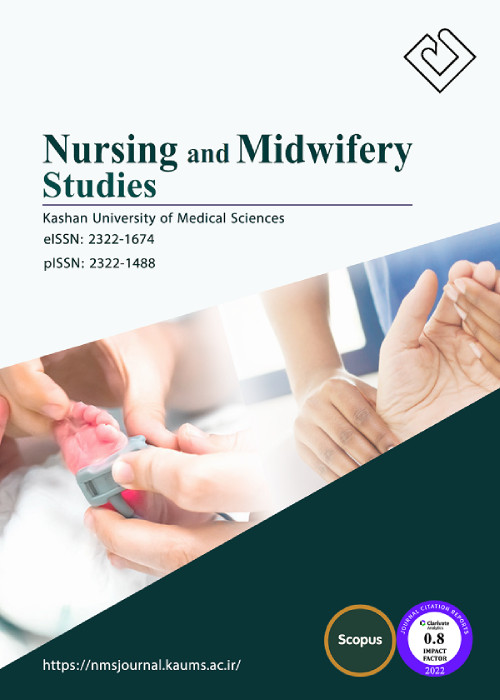Comparing the Effects of Interactive and Noninteractive Education Using Short Message Service on Treatment Adherence and Blood Pressure among Patients with Hypertension
Poor treatment adherence among patients with chronic conditions is a major global health‑care problem.
The aim of this study was to compare the effects of interactive and noninteractive education using short message service (SMS) on treatment adherence and blood pressure among patients with hypertension (HTN).
This single‑blind pretest–posttest randomized controlled clinical trial was conducted on 63 adult patients with HTN who were consecutively recruited from a military hospital in Tehran, Iran, and were randomly allocated to an interactive SMS (ISMS), a non‑ISMS (NISMS), and a control group. Initially, all patients in all groups were individually trained about HTN and adherence to its treatments in a 45‑min session. Then, four messages were weekly sent for four consecutive months to those in the ISMS and the NISMS groups. The Treatment Adherence Questionnaire for Patients with Hypertension was used to assess treatment adherence both before and after the study intervention. Systolic blood pressure (SBP) and diastolic blood pressure (DBP) were also measured before and every 1 month during the study. Data were analyzed using the paired sample t, the Chi‑square, and the Fisher’s exact tests as well as the one‑way and the repeated‑measures analysis of variance.
At baseline, the mean score of treatment adherence was 81.43 ± 9.15 in the ISMS group, 81.14 ± 7.21 in the NISMS group, and 83.38 ± 14.43 in the control group. After the intervention, the mean score of treatment adherence in the ISMS group significantly increased to 89.67 ± 4.47 (P = 0.003), while it insignificantly changed to 83.24 ± 7.18 in the NISMS group (P = 0.15) and to 87.86 ± 6.62 in the control group (P = 0.16). The among‑group difference respecting the posttest mean score of treatment adherence was statistically significant (P = 0.004). Although the means of SBP and DBP significantly decreased in both the intervention groups (P < 0.05) and did not significantly change in the control group (P > 0.05), the among‑group differences respecting the variations of SBP and DBP across the four measurement time points were not statistically significant (P > 0.05).
ISMS‑based education is effective in significantly promoting treatment adherence, while neither interactive nor NISMS‑based educations are effective in significantly reducing blood pressure among patients with HTN.
- حق عضویت دریافتی صرف حمایت از نشریات عضو و نگهداری، تکمیل و توسعه مگیران میشود.
- پرداخت حق اشتراک و دانلود مقالات اجازه بازنشر آن در سایر رسانههای چاپی و دیجیتال را به کاربر نمیدهد.



